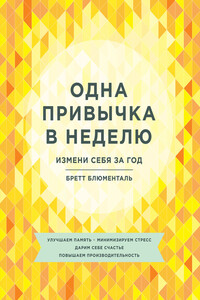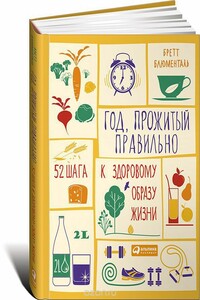. (2015, September 14). How countries spend their money. Daily Chart. Retrieved from https://www.economist.com/blogs/graphicdetail/2015/09/daily-chart-9.
2. Smith, L. P., Ng, S. W., & Popkin, B. M. (2013). Trends in US home food preparation and consumption: Analysis of national nutrition surveys and time use studies from 1965–1966 to 2007–2008. Nutrition Journal, 12, 45. http://doi.org/10.1186/1475-2891-12-45.
3. Walton, K., Kleinman, K. P., Rifas-Shiman, S. L., Horton, N. J., Gillman, M. W., Field, A. E.,… Haines, J. (2016). Secular trends in family dinner frequency among adolescents. BMC Research Notes, 9(1), 35.
4. Carroll, A. (2013, September 24). The decline of the family dinner (new book). Huffington Post. Retrieved from http://www.huffingtonpost.com/abigail-carroll/family-dinner_b_3977169.html.
5. Wolfson, J. A., & Bleich, S. N. (2015). Is cooking at home associated with better diet quality or weight-loss intention? Public Health Nutrition, 18(8), 1397–1406.
6. Center for Science in the Public Interest. (2013, March 28). Kids’ meals II: Obesity and poor nutrition on the menu.
7. Reicks, M., Trofholz, A. C., Stang, J. S., & Laska, M. N. (2014). Impact of cooking and home food preparation interventions among adults: Outcomes and implications for future programs. Journal of Nutrition Education and Behavior, 46(4), 259–276. http://doi.org/10.1016/j.jneb.2014.02.001.
8. Condrasky, M., Graham, K., & Kamp, J. (2006). Cooking with a chef: An innovative program to improve mealtime practices and eating behaviors of caregivers of preschool children. Journal of Nutrition Education and Behavior, 38(5), 324–325.
9. Hersch, D., Perdue, L., Ambroz, T., & Boucher, J. L. (2014). The impact of cooking classes on food-related preferences, attitudes, and behaviors of school-aged children: A systematic review of the evidence, 2003–2014. Preventing Chronic Disease, 11, E193. http://doi.org/10.5888/pcd11.140267.
10. Hersch, D., Perdue, L., Ambroz, T., & Boucher, J. L. (2014). The impact of cooking classes on food-related preferences, attitudes, and behaviors of school-aged children: A systematic review of the evidence, 2003–2014. Preventing Chronic Disease, 11, E193. http://doi.org/10.5888/pcd11.140267.
11. Musick, K., & Meier, A. (2012). Assessing causality and persistence in associations between family dinners and adolescent well-being. Journal of Marriage and the Family, 74(3), 476–493.
12. Meier, A., & Musick, K. (2014). Variation in associations between family dinners and adolescent well-being. Journal of Marriage and the Family, 76(1), 13–23. http://doi.org/10.1111/jomf.12079.
13. Harrison, M. E., Norris, M. L., Obeid, N., Fu, M., Weinstangel, H., & Sampson, M. (2015). Systematic review of the effects of family meal frequency on psychosocial outcomes in youth. Canadian Family Physician, 61(2), e96–e106.
14. Skeer, M. R., & Ballard, E. L. (2013). Are family meals as good for youth as we think they are? A review of the literature on family meals as they pertain to adolescent risk prevention. Journal of Youth and Adolescence, 42(7), 943–963.
Неделя 48. Верьте в себя
1. Mann, M. M., Hosman, C. M., Schaalma, H. P., & De Vries, N. K. (2004). Self-esteem in a broad-spectrum approach for mental health promotion. Health Education Research, 19(4), 357–372.
2. van Scheppingen, M. A., Denissen, J., Chung, J., Tambs, K., & Bleidorn, W. (2017, August 10). Self-esteem and relationship satisfaction during the transition to motherhood. Journal of Personality and Social Psychology. doi: 10.1037/pspp0000156.
3. Brummelman, E., Thomaes, S., Nelemans, S. A., De Castro, B. O., Overbeek, G., & Bushman, B. J. (2015). Origins of narcissism in children. Proceedings of the National Academy of Sciences, 112(12), 3659–3662.
4. Allen, J. P., Chango, J., Szwedo, D., Schad, M., & Marston, E. (2012). Predictors of susceptibility to peer influence regarding substance use in adolescence. Child Development, 83(1), 337–350. http://doi.org/10.1111/j.1467–8624.2011.01682.x.
5. Briñol, P., Gascó, M., Petty, R. E., & Horcajo, J. (2013). Treating thoughts as material objects can increase or decrease their impact on evaluation.










